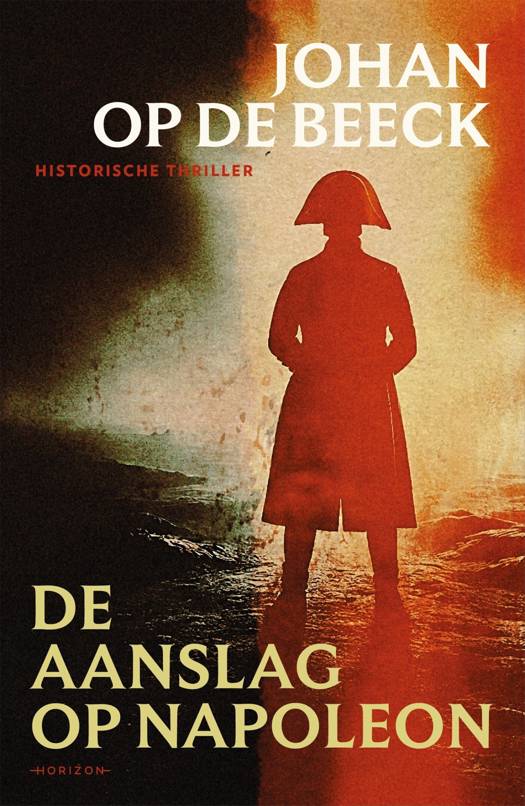
- Afhalen na 1 uur in een winkel met voorraad
- Gratis thuislevering in België vanaf € 30
- Ruim aanbod met 7 miljoen producten
- Afhalen na 1 uur in een winkel met voorraad
- Gratis thuislevering in België vanaf € 30
- Ruim aanbod met 7 miljoen producten
Zoeken
Omschrijving
Crisfield, once one of the largest communities in Maryland, is a city literally built on seafood: its foundation is comprised largely of oyster shells. Named in 1866 for Eastern Shore Railroad president John W. Crisfield, the city was formed from the Somerset County communities of Annemessex and Somers Cove and incorporated in 1872. Known then as "Dodge City of the East," the railroad's seafood-shipping opportunities gave the area new hope, and by the 1930s, it gained the nickname "Seafood Capital of the World." Crisfield: The First Century highlights landmark events--the Great Fire of 1928, Hurricane Hazel in 1954, and the creation of the National Hard Crab Derby--and everyday life at school, church, and downtown. Crisfield's rich history is captured in more than 200 images in this volume.
Specificaties
Betrokkenen
- Auteur(s):
- Uitgeverij:
Inhoud
- Aantal bladzijden:
- 130
- Taal:
- Engels
Eigenschappen
- Productcode (EAN):
- 9781531625719
- Verschijningsdatum:
- 10/05/2006
- Uitvoering:
- Hardcover
- Formaat:
- Genaaid
- Afmetingen:
- 170 mm x 244 mm
- Gewicht:
- 412 g

Alleen bij Standaard Boekhandel
+ 88 punten op je klantenkaart van Standaard Boekhandel
Beoordelingen
We publiceren alleen reviews die voldoen aan de voorwaarden voor reviews. Bekijk onze voorwaarden voor reviews.











